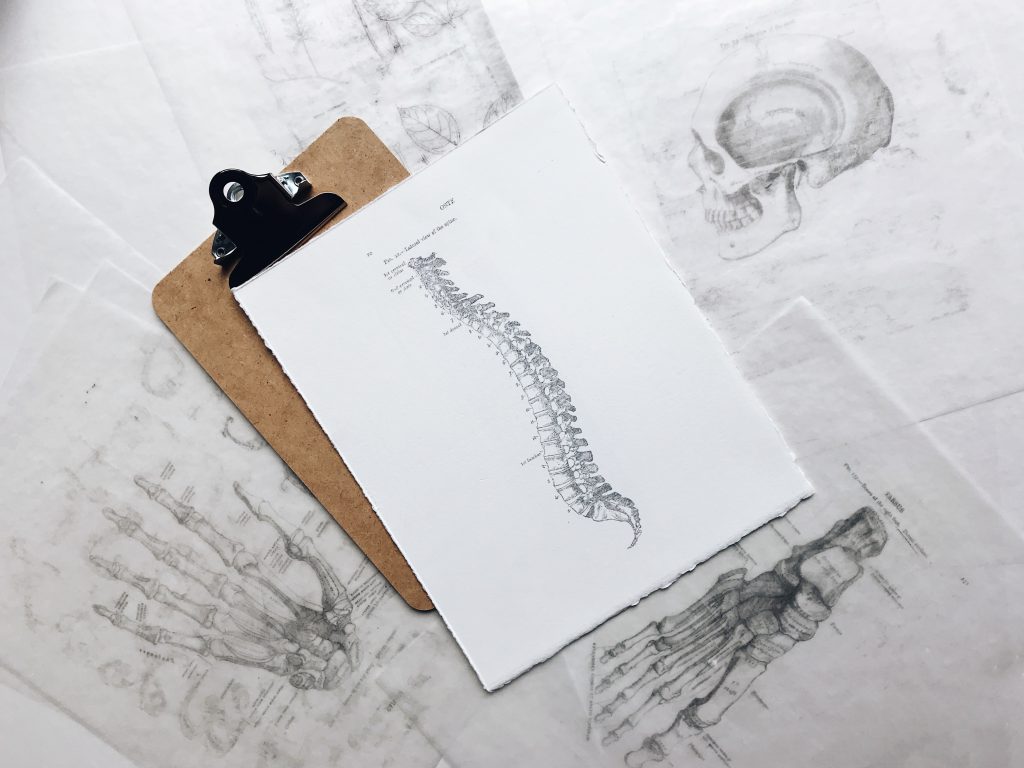Joint pain: treatments and remedies

Joints are anatomical structures that place two or more bones into reciprocal contact. To avoid direct rubbing of bones against one another, there is a flexible softening tissue on the bone, known as Cartilage. Mobile joints are also covered with a sleeve of dense connective tissue called Joint Capsule, which surrounds the connecting osseous joint surfaces.
In the human body, there are around 350 joints, all differing in the function they are supposed to perform. In general, the task of the joints is to keep various parts of the human body joined together, so that the skeleton can perform its functions of movement, support and protection. Highly mobile joints (such as the shoulder) are defined as Diarthrosis joints, while the less mobile (such as vertebrae) are called Amphiarthrosis Joints and fixed joints (such as the joints between the bones of the skull) are known as Synarthrosis Joints.
Joint Pain
Joint pain is a pain at the joint often accompanied by inflammation and swelling. Pain can be caused by a traumatic event or may gradually arise over time.
The main causes of joint pain are:
- Sprain
- Dislocation
- Fractures
- Arthrosis
- Bursitis
- Injury to the joint capsule
- Arthritis
- Rheumatic illnesses such as Rheumatoid arthritis and Fibromyalgia
- Condropathy
- Infections
- Tendinopathy and Tenosynovitis
Treatments and remedies
To deal with joint pain, it is important to identify the source of the problem, by medical and instrumental diagnosis with X-rays, ultrasound and MRI tests. In the case of traumatic pathology, such as dislocations or fractures, the area is immobilised or, if necessary, surgical intervention is planned, followed by an essential phase of rehabilitation therapy.
In the other cases, the treatment is normally physiotherapy, accompanied where necessary by pharmacological treatment. The most common treatments are:
- manual therapy
- instrumental therapy (Tecar, LASER, Impact wave)
- therapeutic/rehabilitation exercise under the supervision of a physiotherapist.
Joint pain during menopause
Women often suffer from joint pain during menopause. Around 50% of women in menopause suffer from joint pain, even if this is a lesser known symptom than the classic hot flushes or night-time sweats.
The cause is found in the reduction of Oestrogen hormone levels, which influence the hydration of muscles, tendons and cartilage, thus causing inflammation of joints, leading to pain. In some cases, the progressive degeneration of cartilage leads to Arthrosis, and for this reason women tend to suffer more from Arthrosis than men.
As regards treatment, the collaboration of various professional roles is essential: the Gynaecologist, Physiotherapist or a graduate in Motor Sciences. The treatment prescribed by the doctor in fact should be accompanied by the correct physical exercise to improve muscular trophism, flexibility and bone density.
Joint pain in the elderly
In the elderly, joint pain is mainly caused by a degenerative pathology of the cartilage, commonly known as Arthrosis. The effects are often accompanied by complications caused by osteoporosis, leading to a more complex overall condition. The joints most affected in these cases are the hips, knees and spine.
When the degeneration around the hip or knee is advanced, surgical hip or knee replacements are recommended, performed by the orthopaedic surgeon. Following surgery, it is very important to follow a special rehabilitation plan together with the physiotherapist to recover the ability to walk independently and retrieve muscular trophism and coordination.
If the stage of arthrosis is not too advanced, considerable improvements can be achieved by combining pharmacological/infiltration therapy with physiotherapy and physical exercise, aimed at delaying the need for surgery as much as possible and improving the quality of life of the patient.



